In today’s fast-paced urban lifestyle, spending more time indoors means we’re constantly exposed to indoor air pollutants from cleaning products, furniture, paints, and electronics. Poor indoor air quality can cause headaches, allergies, fatigue, and even respiratory problems. Thankfully, nature provides a beautiful solution — indoor plants! These green companions don’t just brighten up your interiors; many species are known to naturally purify the air by absorbing harmful toxins and releasing fresh oxygen. Here’s a list of 7 indoor plants that clean the air naturally, making your home healthier and more vibrant.
1. Spider Plant (Chlorophytum comosum)
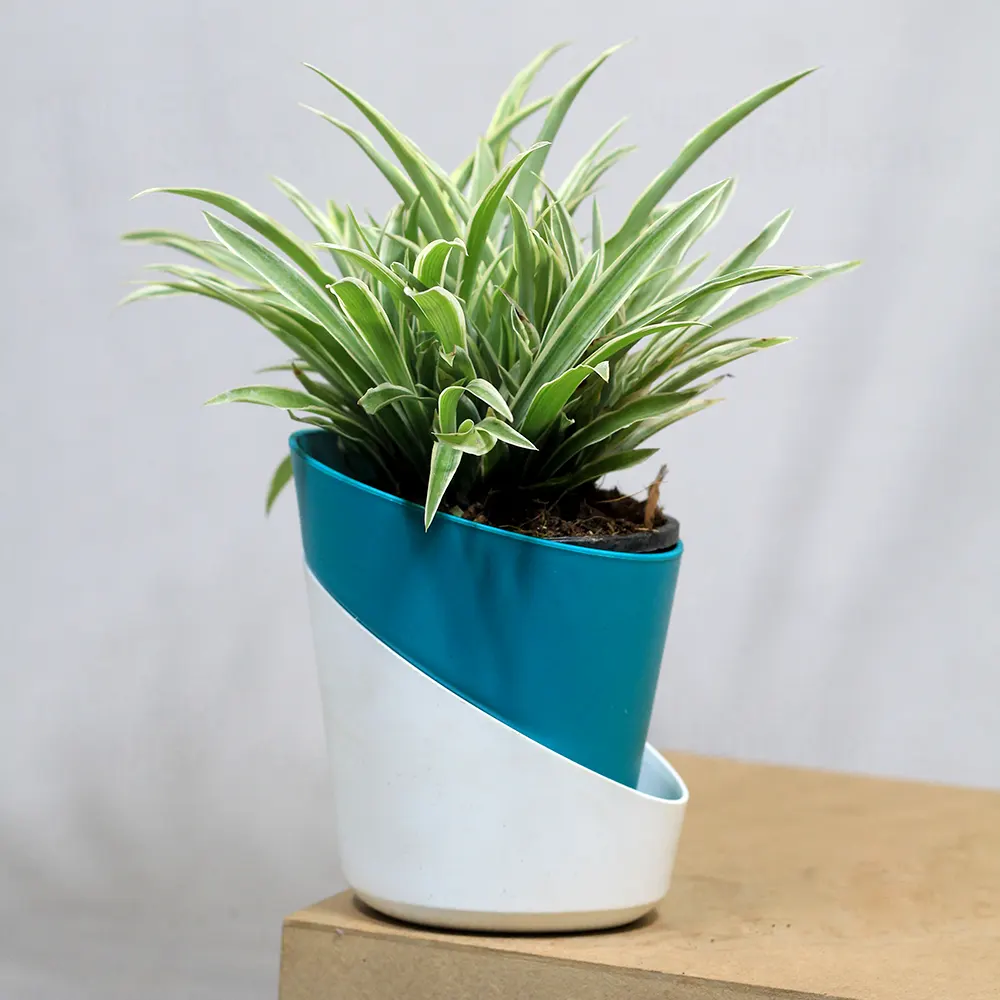
The Spider Plant is a favorite among beginner gardeners and interior decorators for its attractive, arching green leaves with white stripes. Beyond its beauty, this hardy plant is excellent at removing indoor air pollutants like formaldehyde, carbon monoxide, and benzene. NASA’s Clean Air Study also lists it among the top air-purifying plants. Spider Plants are non-toxic to pets, easy to propagate, and thrive in indirect sunlight. Simply water it when the soil feels dry and watch it purify your living spaces naturally.
2. Snake Plant (Sansevieria trifasciata)
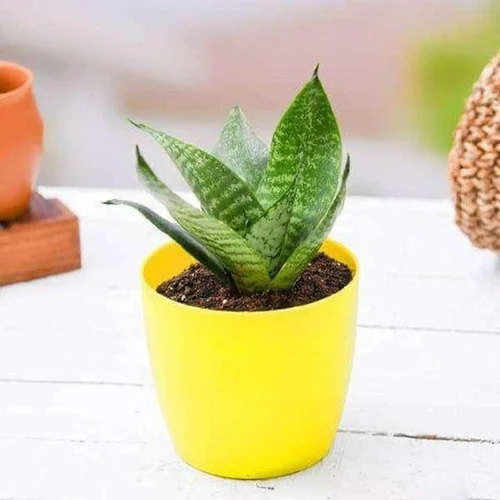
Also known as Mother-in-Law’s Tongue, the Snake Plant is a striking indoor plant with tall, sword-shaped leaves that feature green bands and yellow edges. It’s one of the best air-purifying plants, known to filter toxins such as formaldehyde, trichloroethylene, benzene, and xylene. What sets the Snake Plant apart is its ability to convert CO₂ into oxygen at night, making it an ideal addition to bedrooms. Extremely low-maintenance, it tolerates low light and irregular watering, thriving on neglect.
3. Peace Lily (Spathiphyllum)
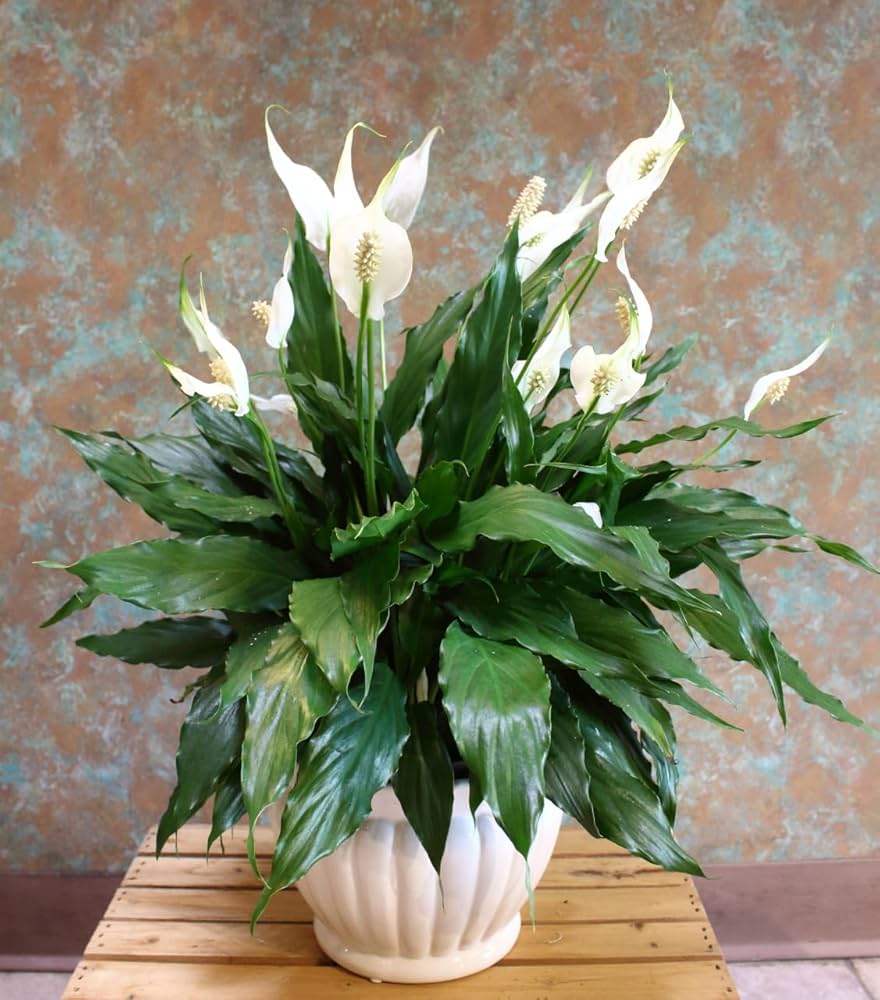
The elegant Peace Lily adds sophistication to any room with its glossy green leaves and graceful white flowers. More than its visual appeal, it’s a natural air purifier, efficiently removing harmful chemicals like ammonia, benzene, formaldehyde, and trichloroethylene. It also helps in reducing airborne mold spores, making it great for damp areas like bathrooms. Peace Lilies prefer medium to low light and only need watering once the soil dries out. However, pet owners should note that the plant is toxic if ingested by cats or dogs.
4. Areca Palm (Dypsis lutescens)
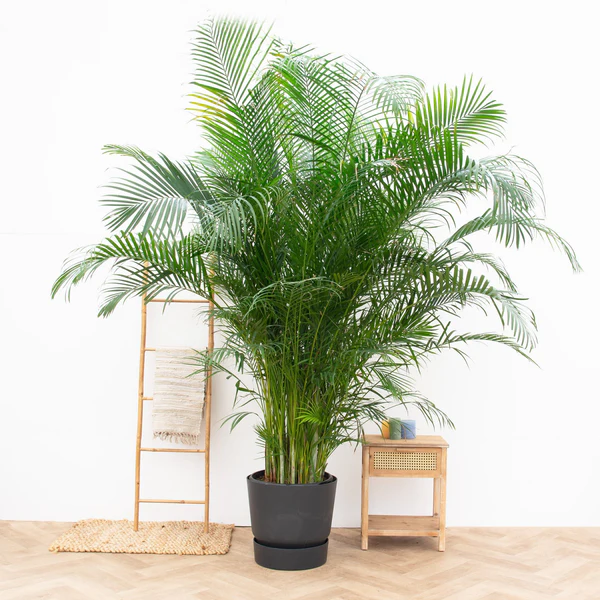
Areca Palm, often called the Butterfly Palm, is an elegant, feathery plant that not only brings a tropical touch indoors but also works as a natural humidifier and air purifier. This plant is effective at filtering airborne toxins such as formaldehyde, xylene, and toluene. Areca Palm releases moisture into the air, improving humidity levels in dry environments — beneficial for respiratory health and skin. It thrives in bright, indirect light and requires consistent moisture without overwatering.
5. Aloe Vera (Aloe barbadensis miller)
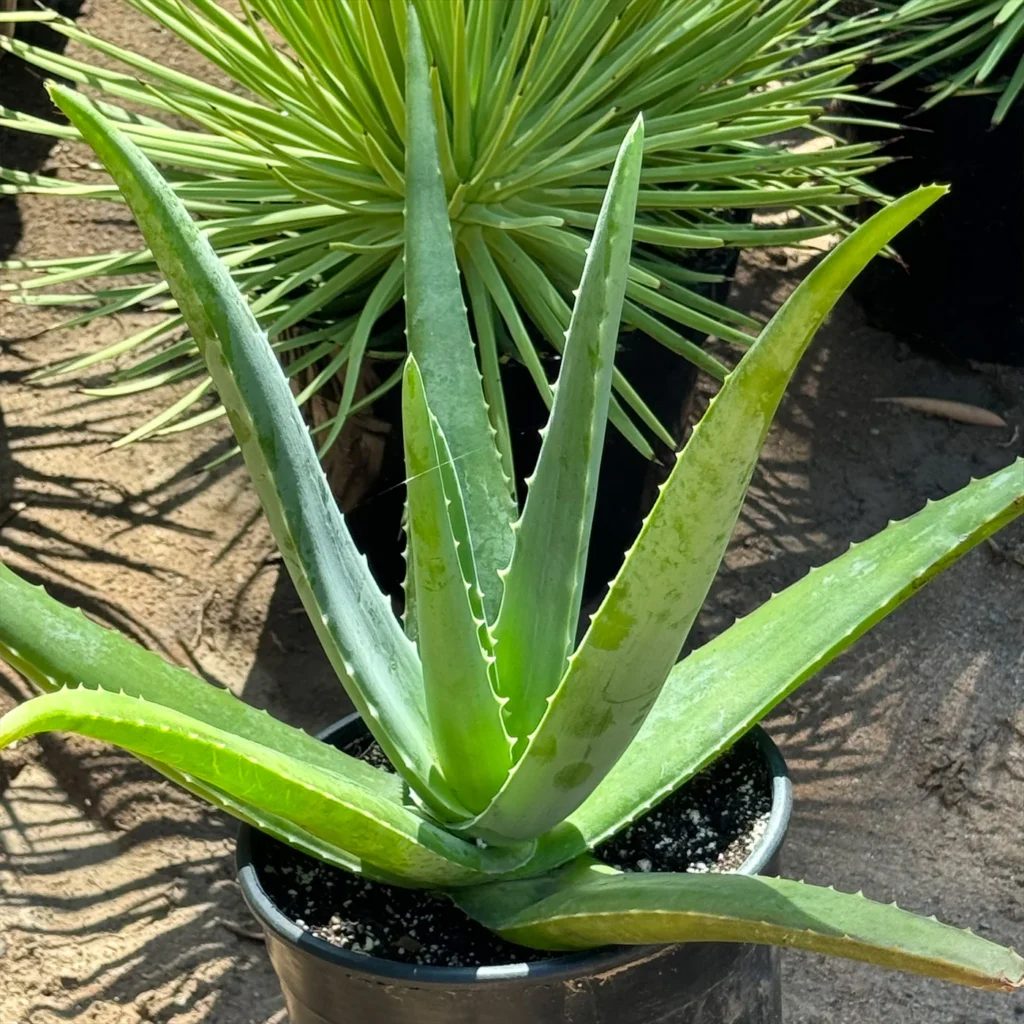
Aloe Vera is famous for its medicinal properties, especially in treating burns, skin irritations, and digestive issues. Lesser known is its ability to purify indoor air by removing harmful chemicals like benzene and formaldehyde, commonly found in varnishes, floor finishes, and detergents. Aloe Vera thrives in sunny spots and prefers minimal watering, making it a fuss-free addition to any windowsill. Its thick, succulent leaves not only look beautiful but also contain a gel rich in antioxidants and vitamins.
6. Boston Fern (Nephrolepis exaltata)

The lush and leafy Boston Fern is a classic houseplant with cascading fronds that enhance indoor aesthetics while purifying the air. It effectively eliminates indoor pollutants like formaldehyde and xylene. Moreover, Boston Fern acts as a natural humidifier, which makes it beneficial in air-conditioned or heated rooms. This plant loves indirect light and consistently moist (but not soggy) soil. Regular misting keeps its delicate fronds fresh and helps it thrive in your home environment.
7. Rubber Plant (Ficus elastica)
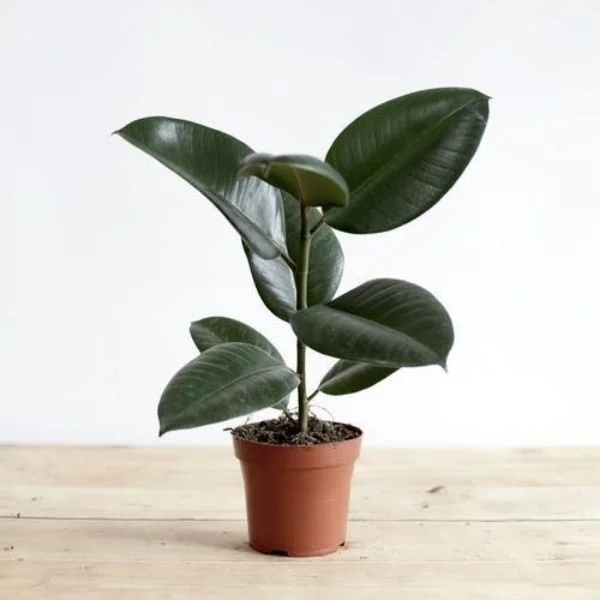
With broad, glossy leaves in deep green, the Rubber Plant is an excellent air purifier that combats common airborne toxins such as formaldehyde. It also absorbs carbon dioxide and produces oxygen, improving indoor air quality. Rubber Plants are relatively easy to maintain, preferring indirect sunlight and infrequent watering. They also add a bold, modern look to interiors with their upright growth and rich foliage. Keep in mind that the sap is slightly toxic, so it should be placed out of reach of pets and children.
Final Thoughts
Indoor plants do far more than decorate our homes — they actively improve the air we breathe, regulate humidity, and reduce stress levels. By incorporating these 7 air-purifying plants into your living spaces, you’re investing in both style and wellness. Whether you’re looking for something compact like Aloe Vera, dramatic like a Snake Plant, or lush like a Boston Fern, each of these natural air filters contributes to a healthier, happier home. Embrace these green allies and transform your indoor environment, one leaf at a time!
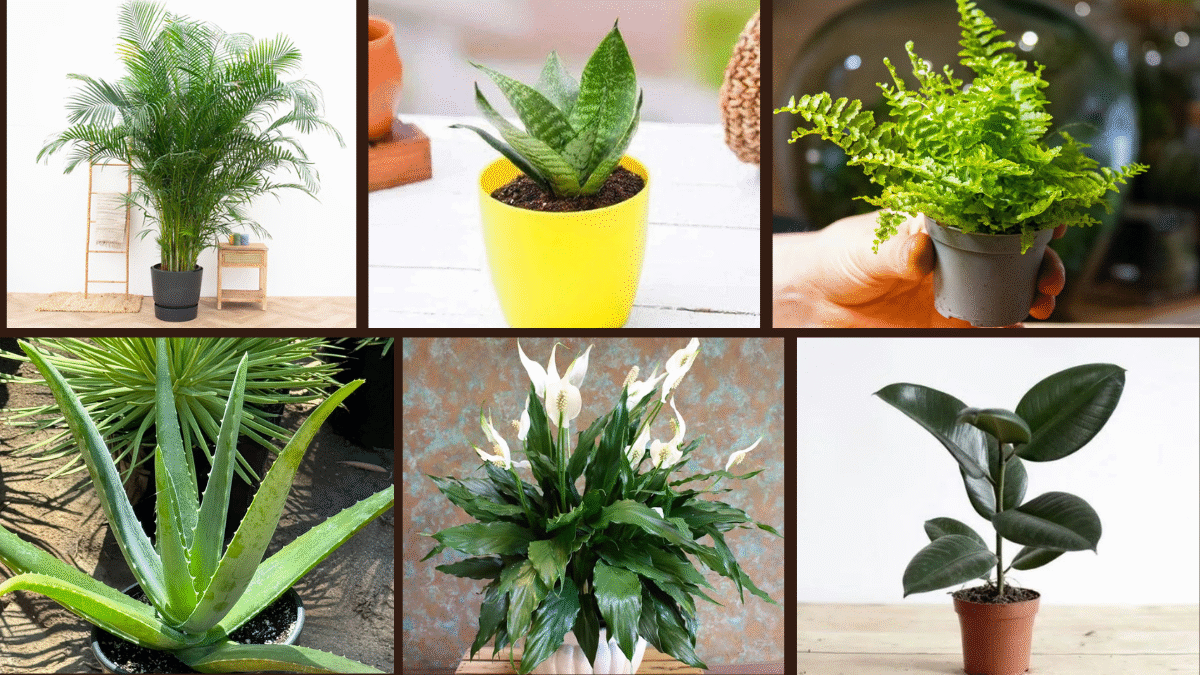





Leave A Comment